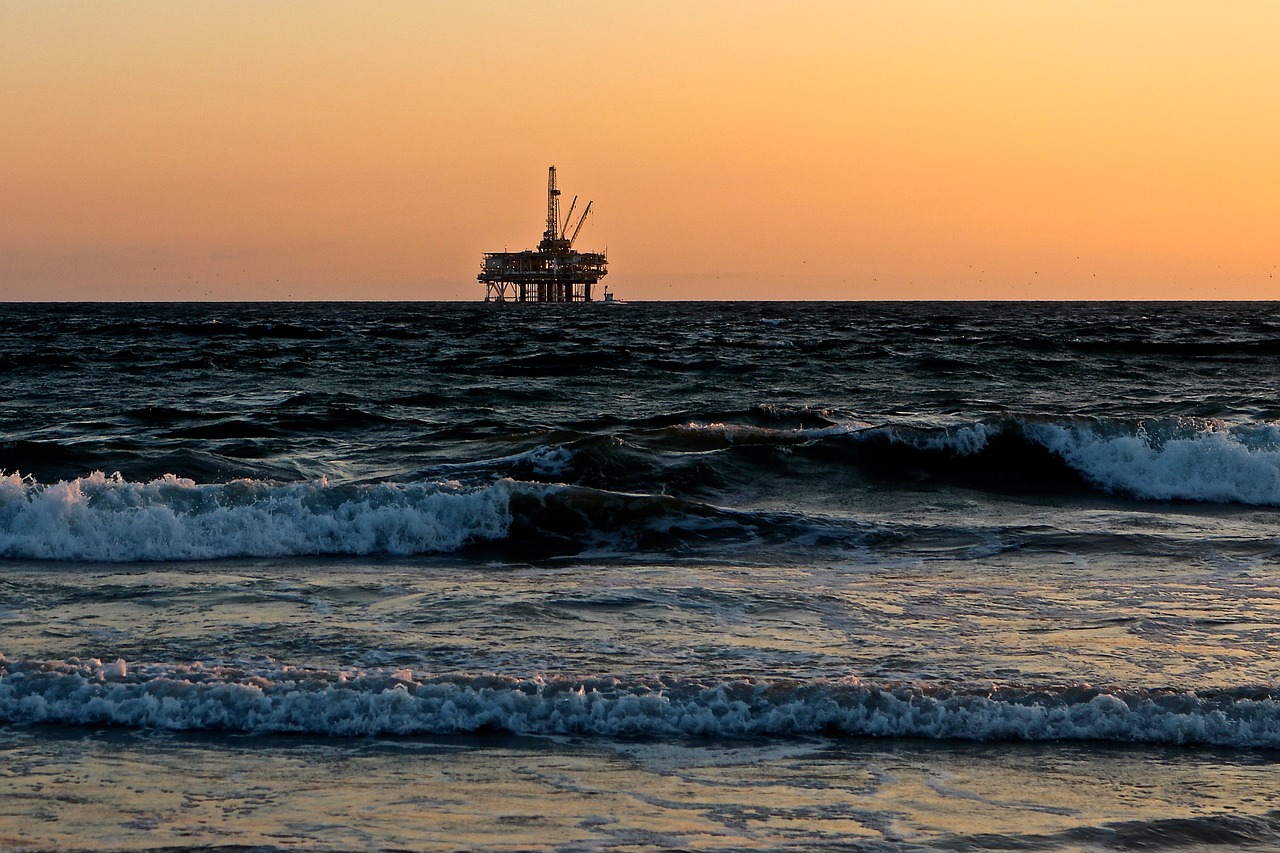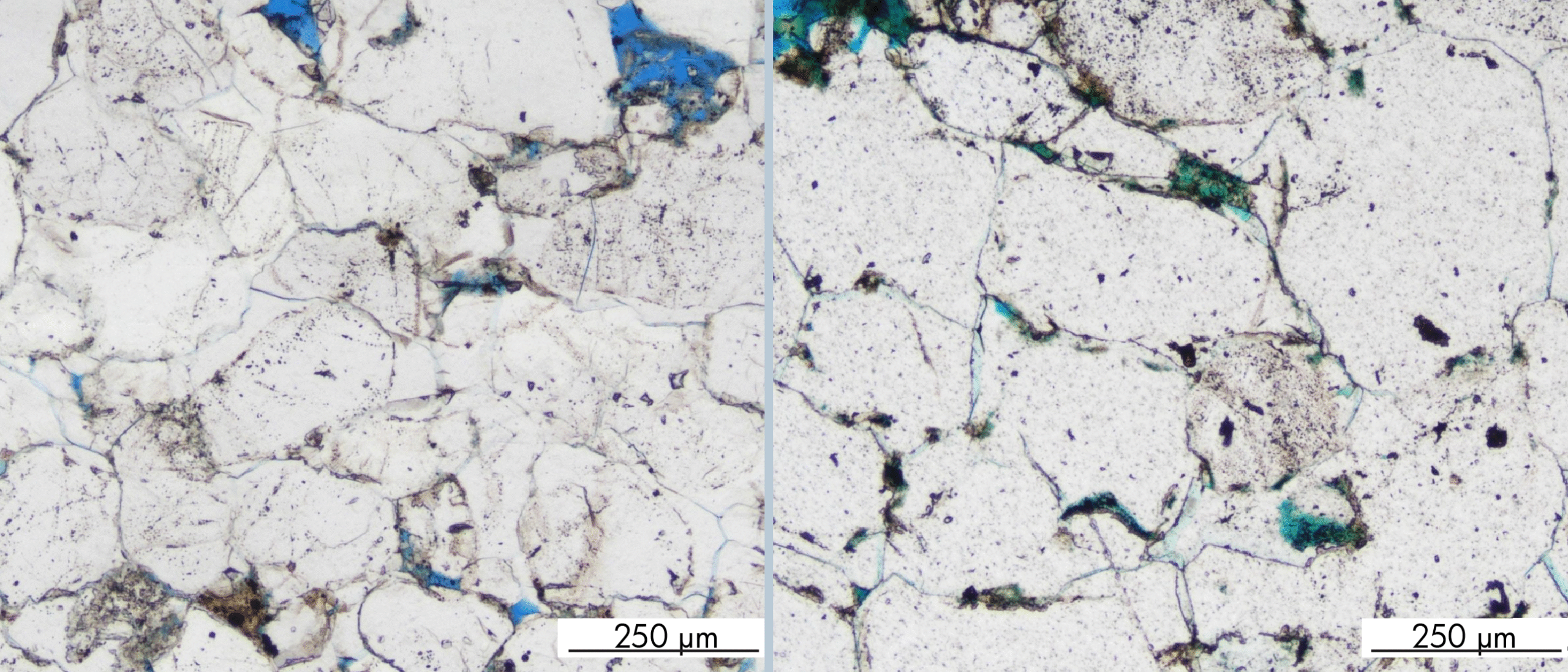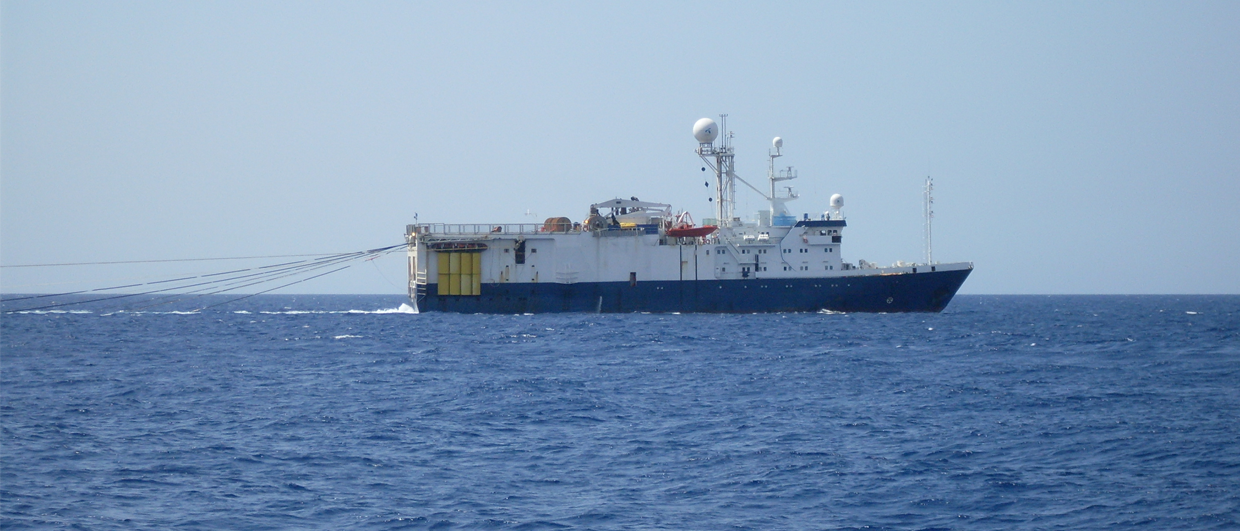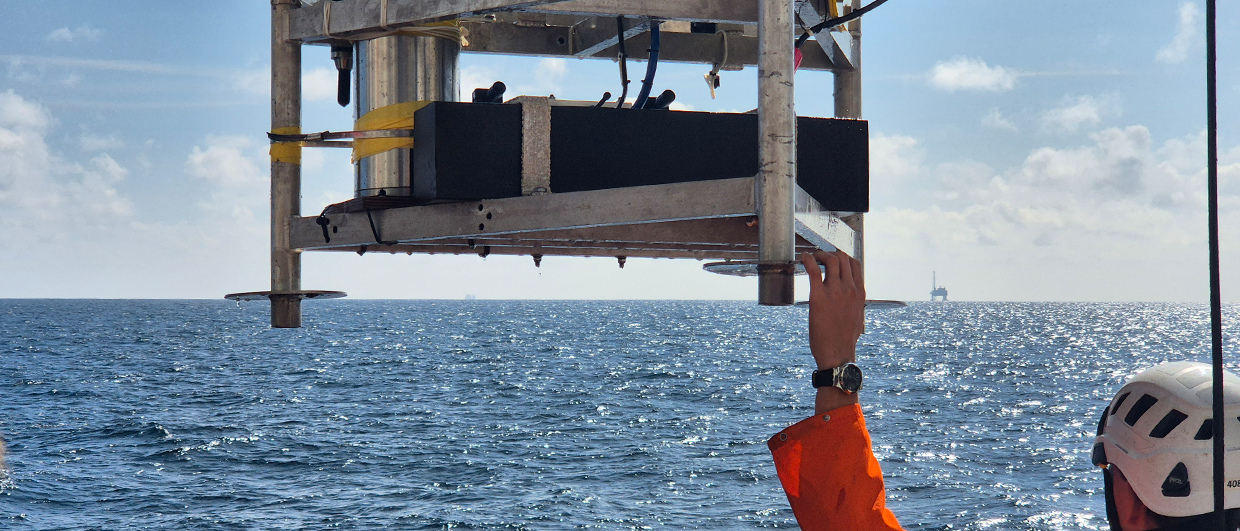WoodMac analysists expect that oil exploration in the North Sea will bounce back in 2019 with 60 exploration wells on the drilling schedule for the UK, Norway, Denmark and the Netherlands together.
The major part of these wells will be drilled on the NCS: an increase from 26 in 2018 to over 40. The number of exploration wells on the UKCS will also increase from a low of 8 wells, the lowest since the 1960’s, to 10-15 in 2019. Siccar Point’s Blackrock and Lyon wells, west of Shetland, are the high potential ones to watch, says Wood Mackenzie.
Equinor is a major player and is expected to drill around 20 wells in UK and Norwegian waters.
Development and production
On the UKCS the main new fields to go in production are Total’s Culzean field and Equinor’s Mariner project. But the biggest contribution is expected to come from Johan Sverdrup, one of the biggest oil fields ever discovered on the NCS. Despite that, production is expected to remain approximately the same as in 2018 with 6.3 billion barrels of oil and gas, based on WoodMac’s research.
Development expenditure is also predicted to increase, principally driven by oil majors such as BP and Shell. WoodMac expects also a productive year for North Sea final investment decisions based on a forecast of 23 project sanctions across the region – 12 in the UK, nine in Norway, and one each in the Netherlands and Denmark.
Investments in the oil and gas industry are subject to uncertainty. As pointed out by Norsk Olje & Gas (Read “Increasing investment in oil and gas”), the stability of the tax regulation is crucial in Norway. In the UK, there is Brexit which can cause uncertainty among investors.
Sources BBC News, Upstreamonline.com





